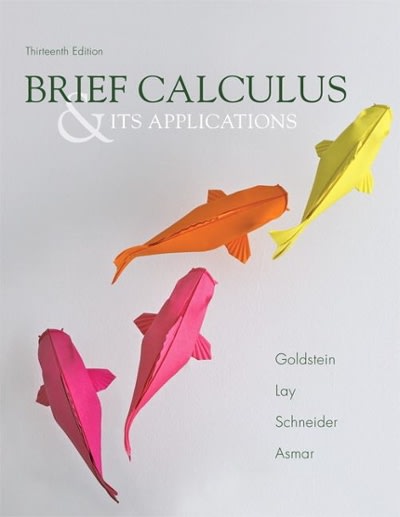3. Consider a dilute solution with a total number Ntm of solute molecules contained in a total volume Hat. The total number density of solutes is thus pg = Ntutrut. We will focus on a limited region of the solution, marked by a dashed line in the sketch below. cell i, to = 1 cell j, Hj = U {Lattice cells and solute molecules not drawn to scale] This observation region has a volume V. As solutes move across its boundary, the number N of solute molecules inside the observation region uctuates about an average value {N :1 = puV. In order to examine uctuations in N, it is useful to imagine dividing the observation region into microscopic cells of a cubic lattice, each with volume a, as described in the previous question. Let n.1- be the number of solute molecules in cell number i in a given measurement. We will take the solution to be suiciently dilute that nding two solums in the same cell is negligibly unlikely. In other words, either in = l] or m = 1. Assume as well that uctuations in different cells are uncorrelated. {i} Estimate the size of typical uctuations in N by calculating the root mean square deviation er = 1;\" ({JNF}, where EN = N {N} is the deviation of N from its average value. The correct answer can be written solely in terms of {N}, pa, and 1!. (Hints: You can follow steps very similar to those we outlined in class when analyzing the division of molecules between left and right sides of a container. Note that n? = 11,-.) {ii} Show that {{ENF} = {.N} in the limit of very low concentration, pat! e: 1. {iii} Calculate oN} and conunent on the size of uctuations in N relative to its mean when the observation region is macroscopically large. (iv) Let c = N f V be the uctuating concentration of molecules in the observation region. Calculate the size of uctuations 1;\" {deg} in this intensive quantity in the limit of low concentration. Write your answer in terms of pg and V. {v} Compute the numerical value of '!{c2} for the case of air at ambient conditions (for which pa 9: [1.05 moL'L), with an observation region of size V = 1L. Give your answer in units of moh'L







